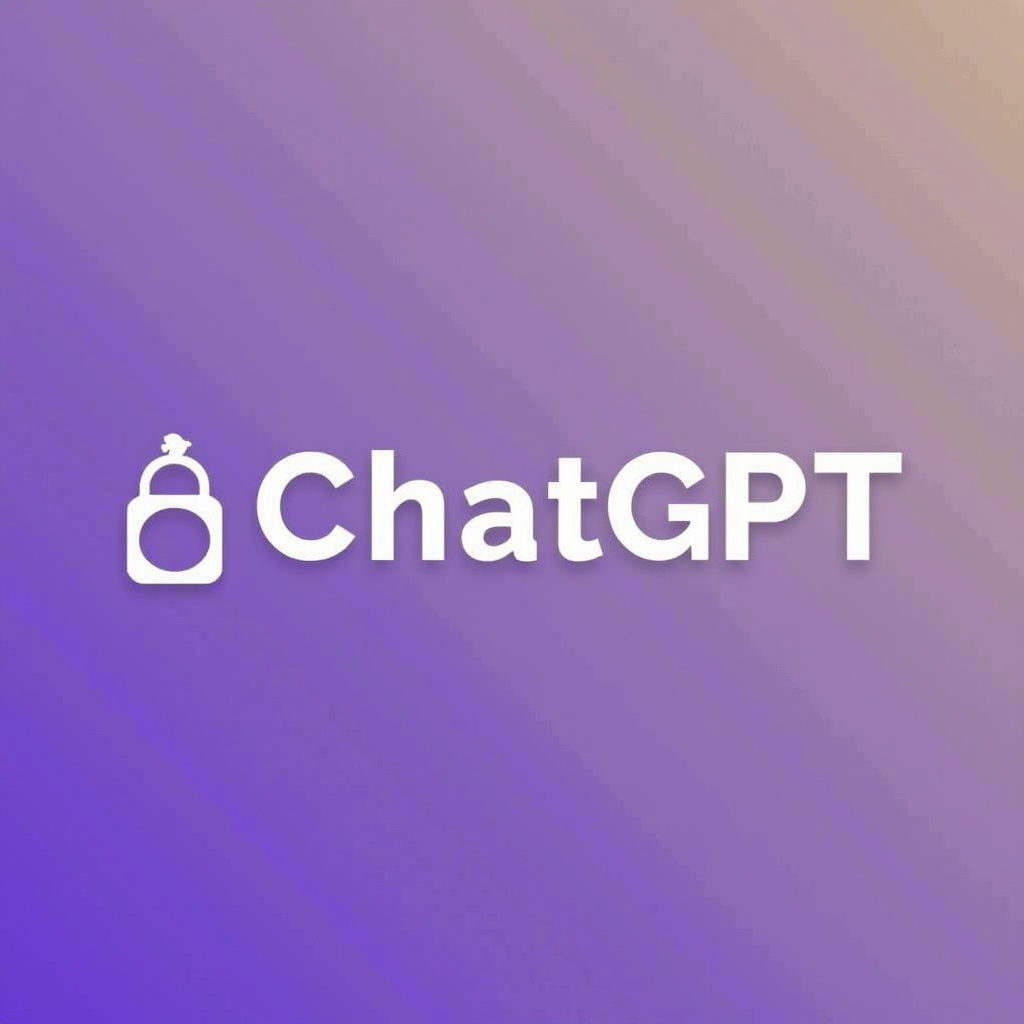Introduction
As we step into 2025, the world of artificial intelligence continues to advance at an astounding pace. One of the most exciting developments in this space is ChatGPT, a conversational AI that can assist with a variety of tasks. Whether you’re a student, a professional, or just curious about technology, learning how to use ChatGPT effectively can enhance your productivity and creativity. In this article, we’ll guide you through the essential tips and tricks to use ChatGPT like a pro.
Understanding ChatGPT
Before diving into practical applications, it’s important to understand what ChatGPT is. ChatGPT is an AI language model developed by OpenAI that can generate human-like text based on the prompts you provide. It can answer questions, write essays, create poetry, and even assist in programming tasks. The more you understand its capabilities, the better you can leverage it for your needs.
Getting Started with ChatGPT
To begin using ChatGPT, follow these simple steps:
- Access the Platform: Visit the official OpenAI website or use an app that integrates ChatGPT.
- Create an Account: If required, sign up for an account to save your prompts and access more features.
- Familiarize Yourself: Spend some time exploring the interface and understanding how to input prompts effectively.
Crafting Effective Prompts
The key to getting the most out of ChatGPT lies in how you frame your prompts. Here are some tips for crafting effective prompts:
- Be Specific: Instead of asking a vague question, tailor your prompt to be as specific as possible. For example, rather than saying “Tell me about history,” ask “What were the main causes of World War II?”.
- Use Context: Providing context can help ChatGPT generate more relevant responses. For instance, say “As a high school student, summarize the importance of renewable energy.”.
- Experiment: Don’t hesitate to try different styles of prompts. Asking the same question in various ways can yield different results.
Practical Applications of ChatGPT
Now that you know how to use prompts effectively, let’s explore some practical applications of ChatGPT:
- Writing Assistance: Whether you’re composing an email, writing an essay, or drafting a story, ChatGPT can help you brainstorm ideas, structure your writing, or even proofread your work.
- Learning Aid: If you’re studying a new subject, ask ChatGPT to explain complex concepts or generate quizzes to test your knowledge.
- Programming Help: For developers, ChatGPT can assist with coding challenges, provide explanations of programming concepts, or even debug code snippets.
- Creative Projects: Use ChatGPT for creative writing, generating poetry, or brainstorming ideas for art and design projects.
Ensuring Safe and Responsible Use
While ChatGPT is a powerful tool, it’s essential to use it responsibly. Here are some guidelines to ensure safe usage:
- Verify Information: Always double-check the information provided by ChatGPT, especially if it relates to critical topics like health or finance.
- Avoid Sensitive Data: Never share personal or sensitive information with ChatGPT, as it’s best to keep your data secure.
- Use Critical Thinking: Treat ChatGPT as a tool to assist your thinking, but don’t rely solely on it for decision-making.
Conclusion
As technology continues to evolve, mastering tools like ChatGPT can empower you to work smarter and unleash your creativity. By understanding its capabilities, crafting effective prompts, and applying it to practical scenarios, you can become proficient in using ChatGPT by 2025. Remember to use it responsibly, and enjoy the endless possibilities that conversational AI offers!




